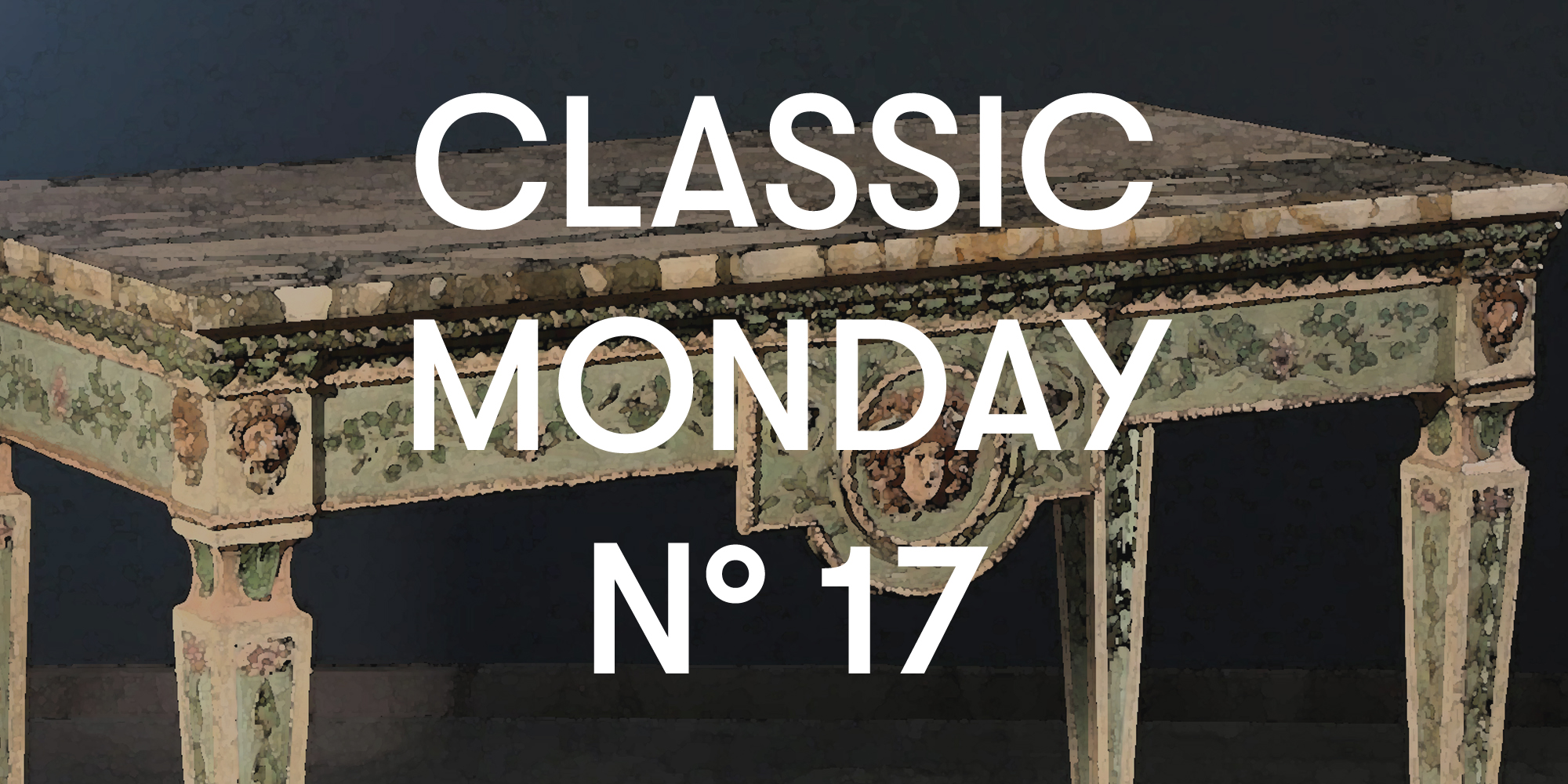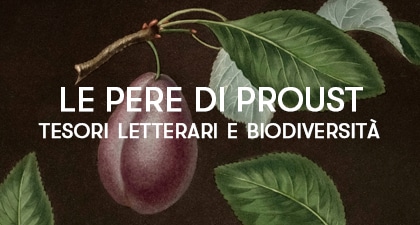
Il protagonista del nostro Classic Monday odierno è una consolle riccamente decorata a pastiglia. Espressione del gusto neoclassico, in particolar modo nella sua variante torinese, questo arredo mostra il pregio e l’attenzione al dettaglio tipici di questa produzione.
If the top is in a refined peach blossom marble, it is the structure of the wall table that fully brings out the neoclassical taste.
In an ivory background there are vast reserves in green tempera within which are the tablet decorations, which cover the entire surface. On the legs are appreciable foliaceous waterfalls that depart from a flower, a motif also taken up in the underfloor band, together with elaborate but symmetrical branches.
Particularly successful are the lion heads placed on the uprights and that of Medusa on the central rose window. Great attention has been given to the realistic rendering, also through the choice of painting the eyes, making the idea that they are real characters who inhabit the table. Although there is an illusionistic research, these figures are idealized, made in a precise and symmetrical way, found above all in the phytomorphic racemes that frame the face of the mythological monster.
These decorative typologies are typical of the Neoclassical style, characterized by a revival of ornamental and figurative motifs of classical Greek-Roman antiquity.

In particular, the wall decorations of the Pompeian rooms, rediscovered a few years earlier following numerous excavation campaigns, are recalled. The eruption of Vesuvius had in fact frozen the city of Campania at the time of the tragedy, and the solidified lava had preserved everything almost intact. During the excavations, therefore, both wall paintings and objects emerged, which inspired neoclassical art in decoration and forms.
These are also applied to furniture, as in this case, adapting the shapes and iconographies to different types of furniture and objects. These are however characterized, even in our console, by a certain geometry of the shapes. Even the representation of nature with foliaceous motifs is bent to a symmetrical representation that gives rigor and order to the furniture.
If the Neoclassical style found wide success throughout Europe, the punctual revival of Pompeian decorations is found especially in English production and in that of some areas of Italy.
In Piedmont some of the most interesting examples were made; among these you can admire the furnishings preserved at the castle of Masino, lively application of the so-called “Pompeian taste”.
These works were decorated with the technique of the pastiglia. Gypsum, water and marble powders were combined in a mixture, following an ancient recipe, and then were poured into molds.
Once dried, the shape thus created could be repeated in several identical specimens. The pad was then applied to the furniture or object and subsequently colored, allowing to reach an excellent level of quality and refinement.











